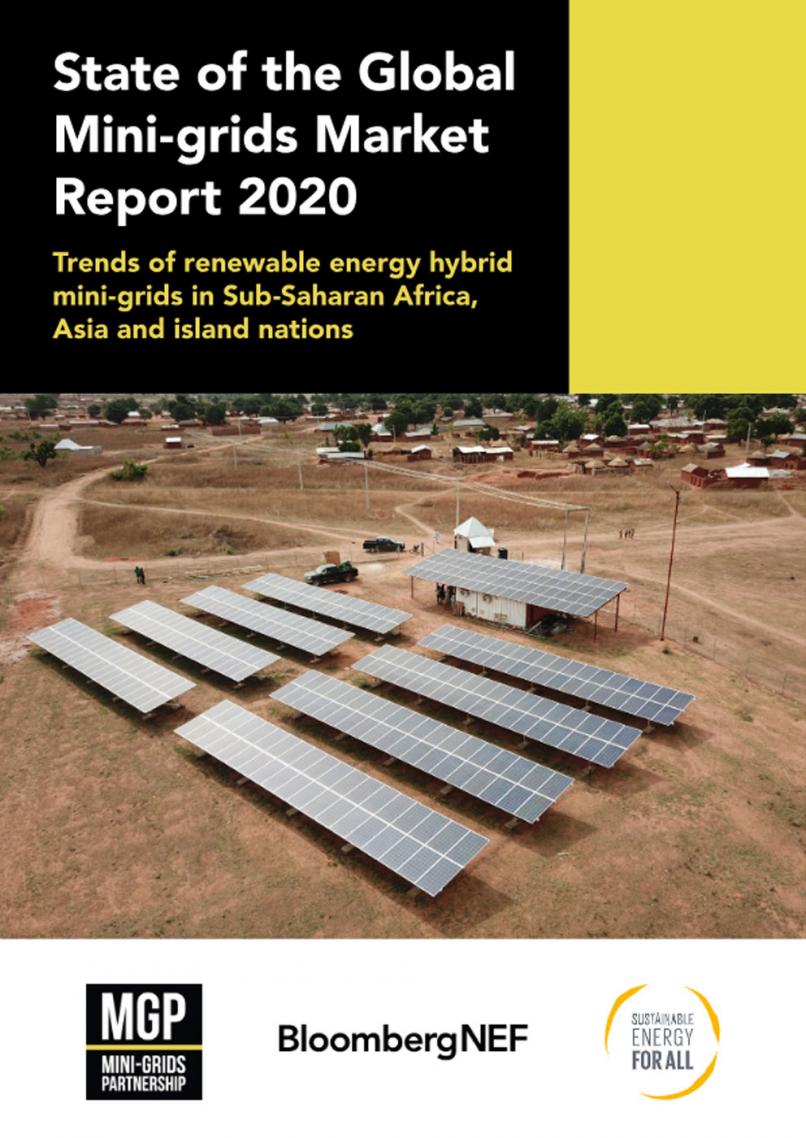Designing effective end-user subsidies to close the electricity affordability gap
Electricity access remains a significant global challenge, with only incremental progress made to date towards achieving Sustainable Development Goal 7 (SDG7) – access to affordable, reliable, sustainable and modern energy for all by 2030.
The affordability of electricity plays an important role in determining whether households gain and maintain access to electricity. Closing electricity access gaps therefore requires special attention to supporting affordability.
New research published by Sustainable Energy for All in partnership with Climate Policy Initiative examines this issue in-depth, particularly how subsidies can support affordability. The Role of End-User Subsidies in Closing the Affordability Gap assesses three end-user subsidy programmes – in Ghana, Uganda and Togo – and builds on existing literature regarding the development and implementation of end-user subsidies for solar home systems.
Based on analysis of the three subsidy programmes, the brief outlines a set of attributes key to end-user subsidy design – financing structure; delivery modality and implementers; technology targeted; market targeting mechanism; verification system; and target market – and identifies the various methods available to build each component.
Ghana
The Ghana Energy Development Access Project launched the Improving Rural Energy Access through Solar Home Systems programme in 2010. The programme is widely seen as a success – likely the result of accurately calculating the subsidy thresholds for different regions in the country and targeting those populations that needed the subsidy the most. The programme also demonstrates the benefits of working with reliable third parties; the inclusion of both the Association of Ghana Solar Industries and rural banks were programme strengths.
Uganda
The Energy for Rural Transformation (ERT) Subsidy programme has been implemented jointly by the Ugandan Government and the World Bank since 2002. The programme has suffered from structural challenges, although the lack of transparency around it has made specific identification of these challenges difficult. Given the information publicly available on the programme, it appears likely the programme’s challenges may have been due to a more complicated subsidy value than the Ghana programme and more stringent verification requirements that led to delayed payments. Furthermore, high prices and private companies’ capacity limitations to deliver high-quality products of high quality led to consumer distrust.
Togo
The Togo government launched the CIZO project to enact enabling environment supply-side and demand-side interventions. Various multilateral institutions such as the European Union and African Development Bank have provided financing for the initiative (EUR 10 million and EUR 12 million, respectively). Implementation of the programme has been slow despite the use of digital technology to verify installations and beneficiaries and provide the monthly subsidy payments. The programme is relatively new so drawing conclusions at this stage is challenging, but early indications are that accurately calculating the affordability gap for SHS products could be a key factor in determining the correct subsidy threshold for increased uptake.
Key takeaways from existing subsidy programmes
The assessment of these programmes suggests effectively employing the menu of design attributes available to policymakers is critical to effectively target and verify beneficiaries while also determining the right threshold of the subsidy being provided.
The brief highlights crucial ongoing data and information issues that must be addressed at the national level to effectively design targeted, efficient subsidy programmes. Most notably, the difference between a successful and unsuccessful end-user subsidy programme is heavily influenced by consumer affordability estimates. This is how entities would determine which markets to enter, what would be the required concessionality to crowd in investment for an initiative from the private sector, and which subsidy thresholds for a technology would lead to increased uptake.
Therefore, the brief recommends that researchers advance a modified energy burden threshold for measuring the affordability gap in developing and emerging economies. An energy burden threshold is the percentage of household income spent on energy costs. Spending on energy beyond the defined percentage is called an energy burden. This threshold is used to determine affordability gap calculations at the moment.
This brief argues that the energy burden, which is defined by certain researchers as 6 percent or higher, is probably not accurate in a developing country context and needs revision based on market conditions and the type of technology.
Policymakers should also invest resources to improve data on several fronts: demographic data to more accurately target subsidies, technology, and access tier data to assess the potential for phases interventions of subsidies, and household consumption data to minimize potential for market distortion.




